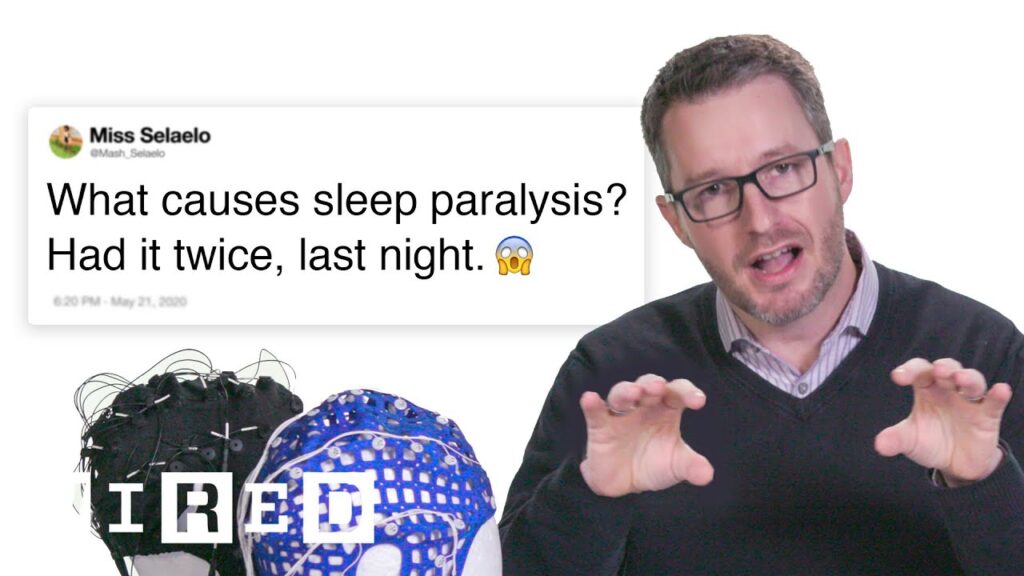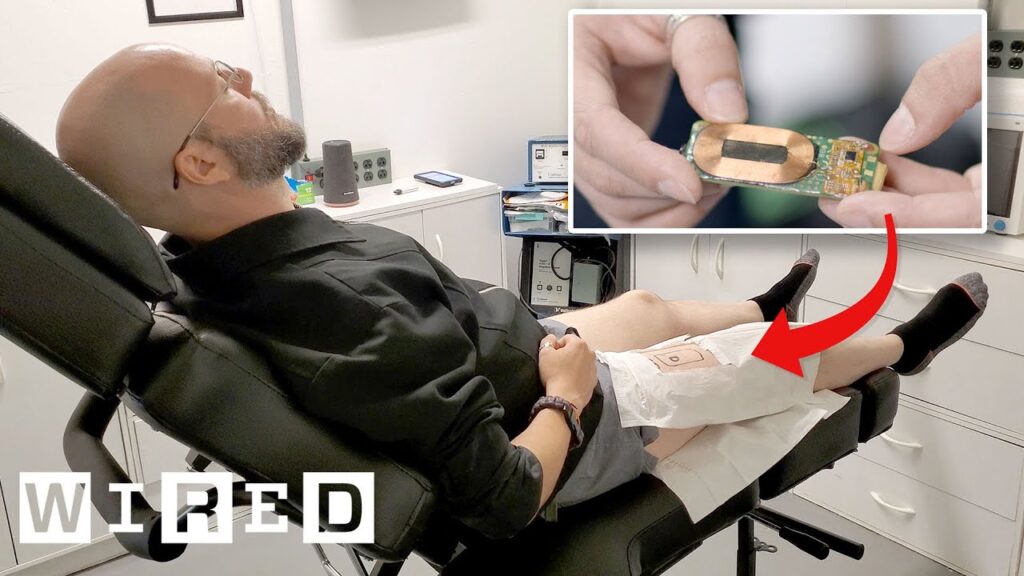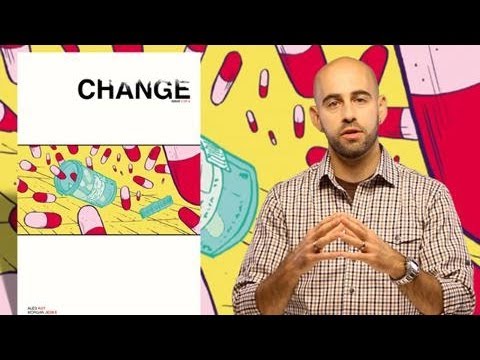The Impact of Social Networks on Health Outcomes: Understanding Network Structure and Function
Summary
In this article, we discuss the impact of social networks on health outcomes and how it affects public policy. The article is based on a discussion about research on understanding the function and structure of networks and how it can be used to forecast epidemics. The speakers describe a new way to forecast epidemics, which works not only for germs but for anything that spreads like ideas, behavior, and norms. They also discuss the potential of individuals monitoring their own health and sending out signals to create a predictive network analysis. By understanding how human networks are structured and function, it is possible to target the delivery of beneficial innovations in social systems, such as public health interventions.
Table of Contents
- Understanding the Structure and Function of Networks
- Forecasting Epidemics with Network Analysis
- Targeting Innovations in Social Systems
- The Spread of Behaviors through Social Networks
- Collecting Network Data
Understanding the Structure and Function of Networks
The speakers describe the network as a Christmas tree light with people as lights and wires representing relationships. They explain that the central people in the network are more likely to get an epidemic disease before the average person. By understanding how human networks are structured and function, it is possible to target the delivery of beneficial innovations in social systems, such as public health interventions. For example, if you understand the structure of physician networks, you can target innovation to get doctors to adopt safety practices or switch to generics.
Forecasting Epidemics with Network Analysis
The speakers have invented a new way to forecast epidemics, which works not only for germs but for anything that spreads like ideas, behavior, and norms. The proof of concept was an H1N1 outbreak in Harvard college students, and it works online and in other ways. At a conference, people have been discussing the potential of individuals monitoring their own health and sending out signals to create a predictive network analysis. This could be used to quickly respond to epidemics by identifying those in networks who are wired up and reporting symptoms.
Targeting Innovations in Social Systems
Understanding how human networks are structured and function can also help target the delivery of beneficial innovations in social systems, such as public health interventions. For example, if you understand the structure of physician networks, you can target innovation to get doctors to adopt safety practices or switch to generics.
The Spread of Behaviors through Social Networks
The speaker discusses how behaviors can spread through social networks and how this can lead to weight gain or loss. They mention that there are various interventions being developed to address obesity, including group interventions like Weight Watchers and targeted interventions aimed at influential individuals within social networks.
Collecting Network Data
The speakers talk about their experience working with various data sets, including Framingham data, Facebook data, and data collected from telephone communications and hunter-gatherer networks. They express interest in finding new ways to collect network data, particularly from physician networks.
Conclusion
In conclusion, understanding the structure and function of social networks can have a significant impact on public health outcomes. By using network analysis to forecast epidemics and targeting innovations in social systems, such as public health interventions, we can improve health outcomes. Additionally, understanding how behaviors spread through social networks can lead to the development of targeted interventions aimed at influential individuals within social networks. Finally, finding new ways to collect network data, particularly from physician networks, can lead to even more effective interventions.







